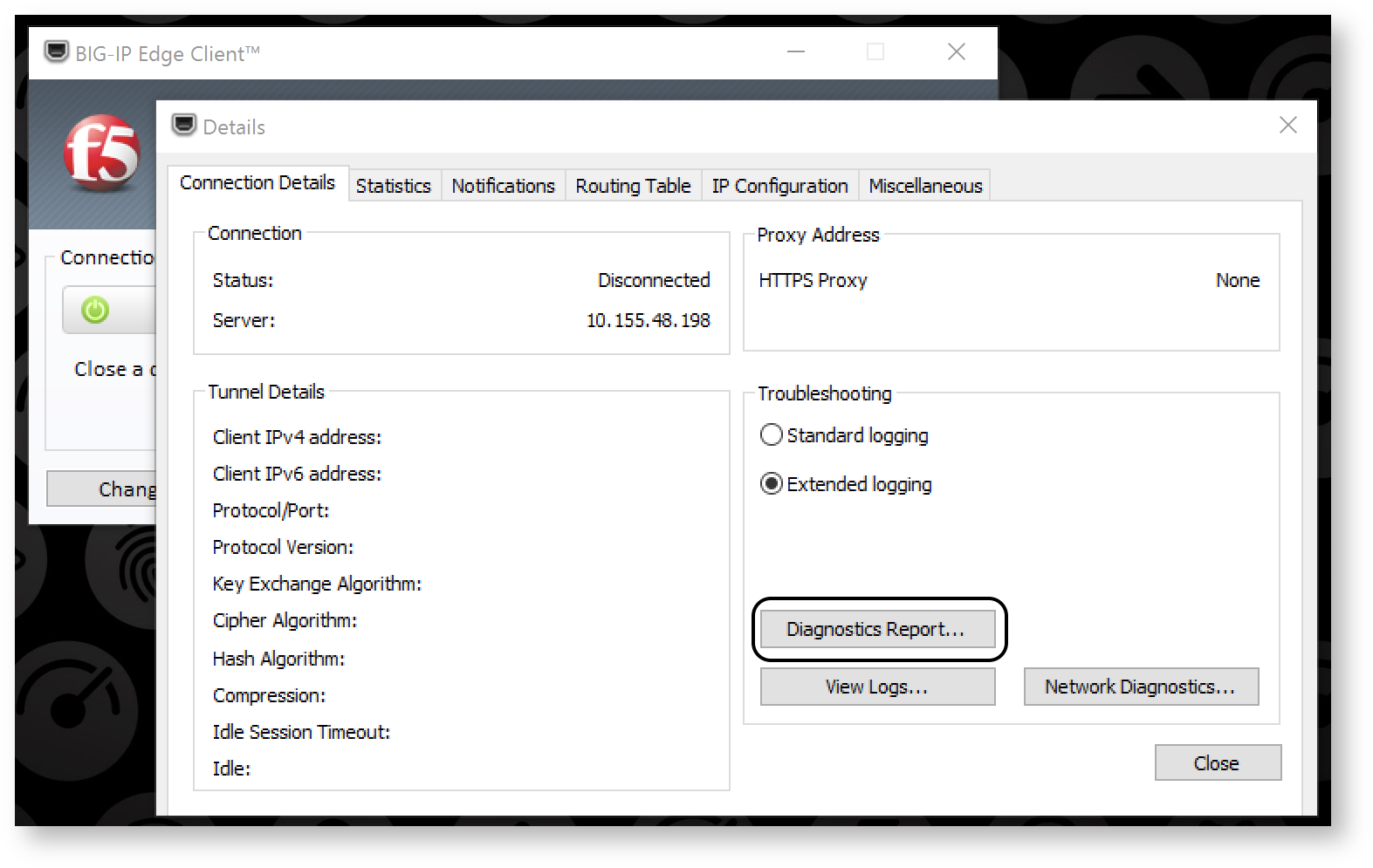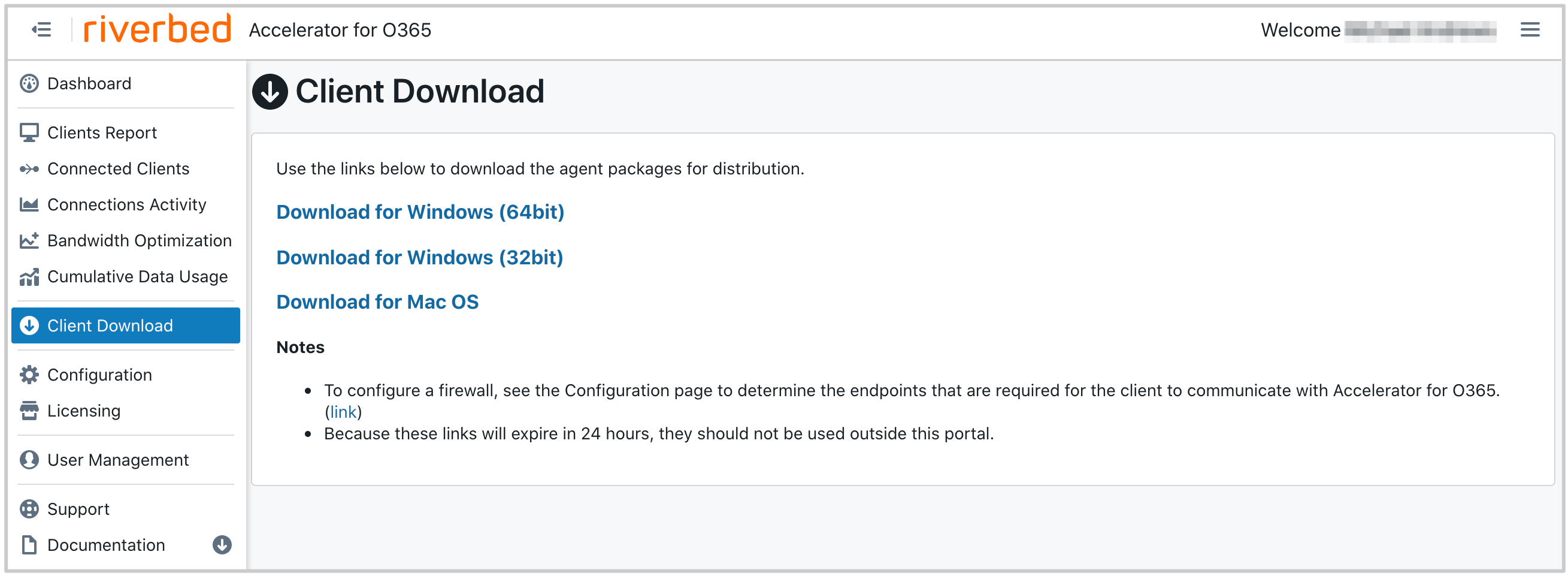
In the following diagrams, a single BIG-IP LTM icon represents a failover pair or activeN group. Both of these models allow for a BIG-IP LTM failover without any disruption to network connections.

Since these considerations often drive a certain architecture or prohibit others, it is best to consult with F5 and Microsoft teams before deployment.įor high availability, F5 strongly recommends deployment of BIG-IP LTM appliances using either an active/standby deployment model or a group of two or more devices actively supporting each other, which may be referred to as an activeN model. Criteria that commonly affect deployment topologies include scale, security requirements, budgets, and service level agreements (SLAs). Many options and topologies can be used, and what’s here is not intended to be an exhaustive list addressing all deployments, but merely a review of the main decision criteria and a few recommended topologies.

Security The same BIG-IP LTM device providing traffic management for the DirectAccess/VPN servers is an ICSA Certified network firewall, meeting the data center security standards that allow enterprises to deploy it as a dual use Application Delivery Controller (ADC) and perimeter security appliance.Ĭareful consideration of the proper network architecture for DirectAccess/VPN is a critical step in the deployment process. By terminating the SSL connection with the client and sending the traffic unencrypted to the servers, BIG-IP LTM frees server CPU for serving clients. In particular, BIG-IP LTM SSL/TLS encryption offloading can relieve the DirectAccess/VPN servers of large workloads. The result is faster access and the best possible network experience for users. Performance BIG-IP LTM can help with performance in a variety of ways, from TCP optimizations and SSL offloading to server performance awareness. Scalability By intelligently managing traffic, BIG-IP LTM can distribute throughput to a multisite farm of DirectAccess/VPN servers, allowing the system to scale to a far greater number of users than it could otherwise handle. BIG-IP LTM has the intelligence to send both flows from a particular client to the same server, thus ensuring the connection remains unbroken. Each client connecting to DirectAccess via PPTP creates two independent but required flows-the control connection and the data connection-and when load balancing, both flows from each client must be sent to the same PPTP server to avoid breaking the connection. This is advantageous when handling traffic such as point-to-point tunneling protocol (PPTP), which has shipped with every version of Windows client since Windows 95 R2, giving it incredibly wide coverage on client computers. In addition, BIG-IP LTM features persistence functionality across services. High Availability Through awareness of the actual DirectAccess/VPN services, BIG-IP LTM can ensure users are always sent to a DirectAccess/VPN server that is ready for new connections, eliminating situations in which a user is sent to a down or poorly performing server. Benefits of Using F5 Products with DirectAccess and VPNį5 products can play a significant role in a Windows Server 2012 Remote Access deployment. F5 BIG-IP Local Traffic Manager (LTM) can be used to provide local area load balancing, and F5 BIG-IP Global Traffic Manager (GTM) can provide the wide area (a.k.a.

New to DirectAccess in Windows Server 2012 is support for both local and wide area load balancing.
#F5 VPN CLIENT WINDOWS 8 WINDOWS 7#
DirectAccess provides remote access for domain-joined Windows 7 (and greater) clients who have been granted the proper permissions, while VPN offers remote access to those machines that are not domain-joined or not yet running Windows 7. Windows Server 2012 customers can deploy DirectAccess, VPN, or both, and it is often beneficial to deploy both. VPN, formerly known as Remote Access Services (RAS), was introduced in Windows NT and includes the traditional Windows VPN technologies, including IKEv2, SSTP, PPTP, and L2TP. This means that remote, domain-joined systems will automatically and securely build a corporate network presence upon boot. Unlike traditional VPNs, in which connections have been manually initiated at the user level, DirectAccess makes use of a seamless, system-level connection. Originally introduced in Windows Server 2008 R2 and Windows 7, DirectAccess shifted previous remote access technology. F5 technologies can be deployed to manage traffic and balance loads on these services.

#F5 VPN CLIENT WINDOWS 8 WINDOWS 8#
For Windows 8 and Windows Server 2012, Microsoft has taken two remote access technologies found in previous versions of Windows Server, DirectAccess and VPN Server, and pulled them under the same management umbrella called simply Remote Access.


 0 kommentar(er)
0 kommentar(er)
